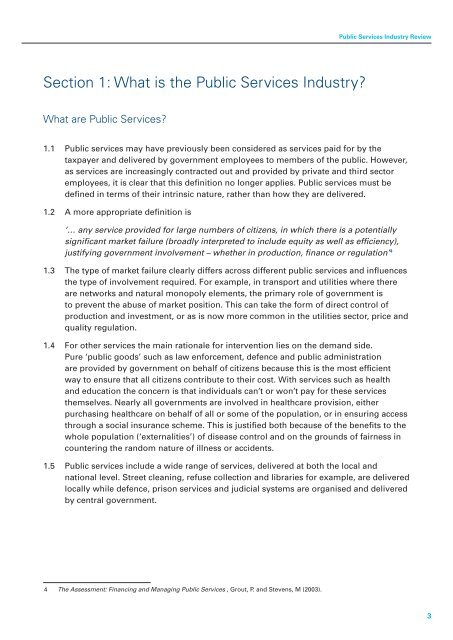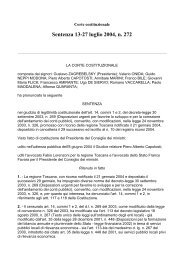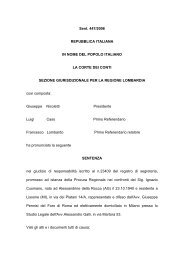Understanding the Public Services Industy
Understanding the Public Services Industy
Understanding the Public Services Industy
You also want an ePaper? Increase the reach of your titles
YUMPU automatically turns print PDFs into web optimized ePapers that Google loves.
<strong>Public</strong> <strong>Services</strong> Industry Review<br />
Section 1: What is <strong>the</strong> <strong>Public</strong> <strong>Services</strong> Industry?<br />
What are <strong>Public</strong> <strong>Services</strong>?<br />
1.1 <strong>Public</strong> services may have previously been considered as services paid for by <strong>the</strong><br />
taxpayer and delivered by government employees to members of <strong>the</strong> public. However,<br />
as services are increasingly contracted out and provided by private and third sector<br />
employees, it is clear that this definition no longer applies. <strong>Public</strong> services must be<br />
defined in terms of <strong>the</strong>ir intrinsic nature, ra<strong>the</strong>r than how <strong>the</strong>y are delivered.<br />
1.2 A more appropriate definition is<br />
‘… any service provided for large numbers of citizens, in which <strong>the</strong>re is a potentially<br />
significant market failure (broadly interpreted to include equity as well as efficiency),<br />
justifying government involvement – whe<strong>the</strong>r in production, finance or regulation’ 4<br />
1.3 The type of market failure clearly differs across different public services and influences<br />
<strong>the</strong> type of involvement required. For example, in transport and utilities where <strong>the</strong>re<br />
are networks and natural monopoly elements, <strong>the</strong> primary role of government is<br />
to prevent <strong>the</strong> abuse of market position. This can take <strong>the</strong> form of direct control of<br />
production and investment, or as is now more common in <strong>the</strong> utilities sector, price and<br />
quality regulation.<br />
1.4 For o<strong>the</strong>r services <strong>the</strong> main rationale for intervention lies on <strong>the</strong> demand side.<br />
Pure ‘public goods’ such as law enforcement, defence and public administration<br />
are provided by government on behalf of citizens because this is <strong>the</strong> most efficient<br />
way to ensure that all citizens contribute to <strong>the</strong>ir cost. With services such as health<br />
and education <strong>the</strong> concern is that individuals can’t or won’t pay for <strong>the</strong>se services<br />
<strong>the</strong>mselves. Nearly all governments are involved in healthcare provision, ei<strong>the</strong>r<br />
purchasing healthcare on behalf of all or some of <strong>the</strong> population, or in ensuring access<br />
through a social insurance scheme. This is justified both because of <strong>the</strong> benefits to <strong>the</strong><br />
whole population (‘externalities’) of disease control and on <strong>the</strong> grounds of fairness in<br />
countering <strong>the</strong> random nature of illness or accidents.<br />
1.5 <strong>Public</strong> services include a wide range of services, delivered at both <strong>the</strong> local and<br />
national level. Street cleaning, refuse collection and libraries for example, are delivered<br />
locally while defence, prison services and judicial systems are organised and delivered<br />
by central government.<br />
4 The Assessment: Financing and Managing <strong>Public</strong> <strong>Services</strong> , Grout, P. and Stevens, M (2003).<br />
3
















